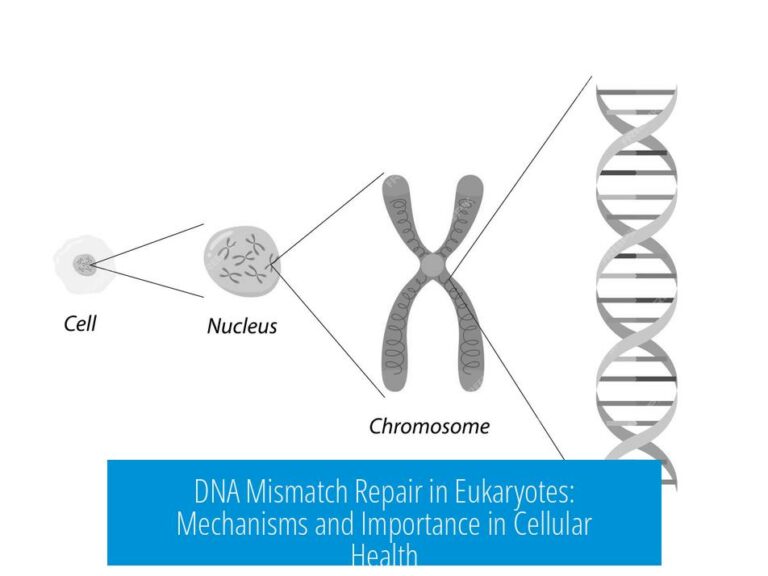Do the Terms “Immiscible” and “Insoluble” Mean the Same Thing?

No, the terms “immiscible” and “insoluble” do not mean the same thing. Immiscible refers primarily to liquids that do not mix in all proportions, resulting in the formation of separate layers. Insoluble, on the other hand, describes solids that do not dissolve significantly in a liquid. Both terms relate to the concept of substances not mixing, but they apply to different phases and contexts.
Understanding Immiscibility and Insolubility
Immiscible substances are chiefly liquids. When two liquids are immiscible, mixing them leads to two distinct layers. For example, oil and water do not form a uniform phase; they remain separate regardless of the amount mixed. Immiscibility implies an inability for two liquids to dissolve in each other completely at any proportions.
Insolubility generally applies to solids. A solid is insoluble in a given liquid if it does not dissolve or dissolves to an insignificant extent. For instance, sand is insoluble in water; it remains as solid particles suspended or settled, not forming a homogeneous molecular mixture.
Subtle Differences in Definitions
- Solubility often concerns solid-liquid or gas-liquid systems, describing how much of the solid or gas material dissolves in the liquid.
- Miscibility applies mostly to liquid-liquid or gas-gas systems, emphasizing the ability to mix in all proportions without phase separation.
Some dictionary definitions admit overlap but emphasize phase and proportion distinctions. For example, miscibility means mutual solubility in all proportions, but the term “partially miscible” shows limits to this ideal.
Examples That Clarify the Differences
| Substances | Property | Behavior |
|---|---|---|
| Ethanol + Water | Miscible | Form a single phase in all proportions. No separation occurs. |
| 1-Butanol + Water | Soluble but Immiscible | Butanol dissolves partially (e.g., 73 g/L), but beyond that, two separate layers form. |
| Chloroform + Water | Immiscible | Two layers form; do not mix in all proportions without additives. |
| Sand + Water | Insoluble | Sand does not dissolve in water, remaining solid and separate. |
Authoritative Definitions from Chemical Literature
Hawley’s Condensed Chemical Dictionary (2016)
Miscibility: The ability of a liquid or gas to dissolve uniformly in another liquid or gas. Liquids like alcohol and water are completely miscible, while oil and water are immiscible. The term “solubility” is often used interchangeably but more properly applies to solids.
Solubility: The ability of one substance to blend uniformly with another. This usually refers to solids dissolving in liquids but can also apply to gases or liquids. Liquids and gases are typically described as miscible rather than soluble.
Oxford Dictionary of Chemical Engineering (2014)
Immiscibility: The property of fluids to form separate phases at all relative proportions.
Partially Miscible Liquids: Liquids that dissolve in each other only within limited concentration ranges, producing a single phase only within those limits. Outside these, they separate.
Solution: Miscible liquids dissolve completely; immiscible liquids form layers.
Dictionary of Chemistry (2003) & Organic Chemistry Dictionary (2004)
- Miscibility means liquids form a uniform blend, with total, partial, or immiscible degrees.
- Immiscible liquids will not mix and separate into layers after standing.
- Miscible liquids mix to produce a single homogenous phase.
Important Nuances to Consider
- “Miscible” implies mixing with no phase boundaries in all proportions, while “immiscible” means phase separation always occurs.
- Some systems show partial miscibility, mixing well up to a point, then separating beyond certain concentrations.
- Solubility is frequently quantified (e.g., grams per liter), often measuring how much solid dissolves in a liquid.
- Liquids can be soluble in each other but still immiscible if full mixing doesn’t occur at all ratios.
Summary of Key Points
- Immiscible applies mainly to liquids that do not mix in all proportions, forming two distinct phases.
- Insoluble applies mostly to solids that do not dissolve appreciably in a liquid.
- Solubility and miscibility are related but differ in scope and typical applications.
- Partial miscibility introduces complexity, as liquids may mix only within limited concentration ranges.
- Authoritative definitions agree on phase behavior as the main distinction, with some overlap in terminology across references.





Leave a Comment